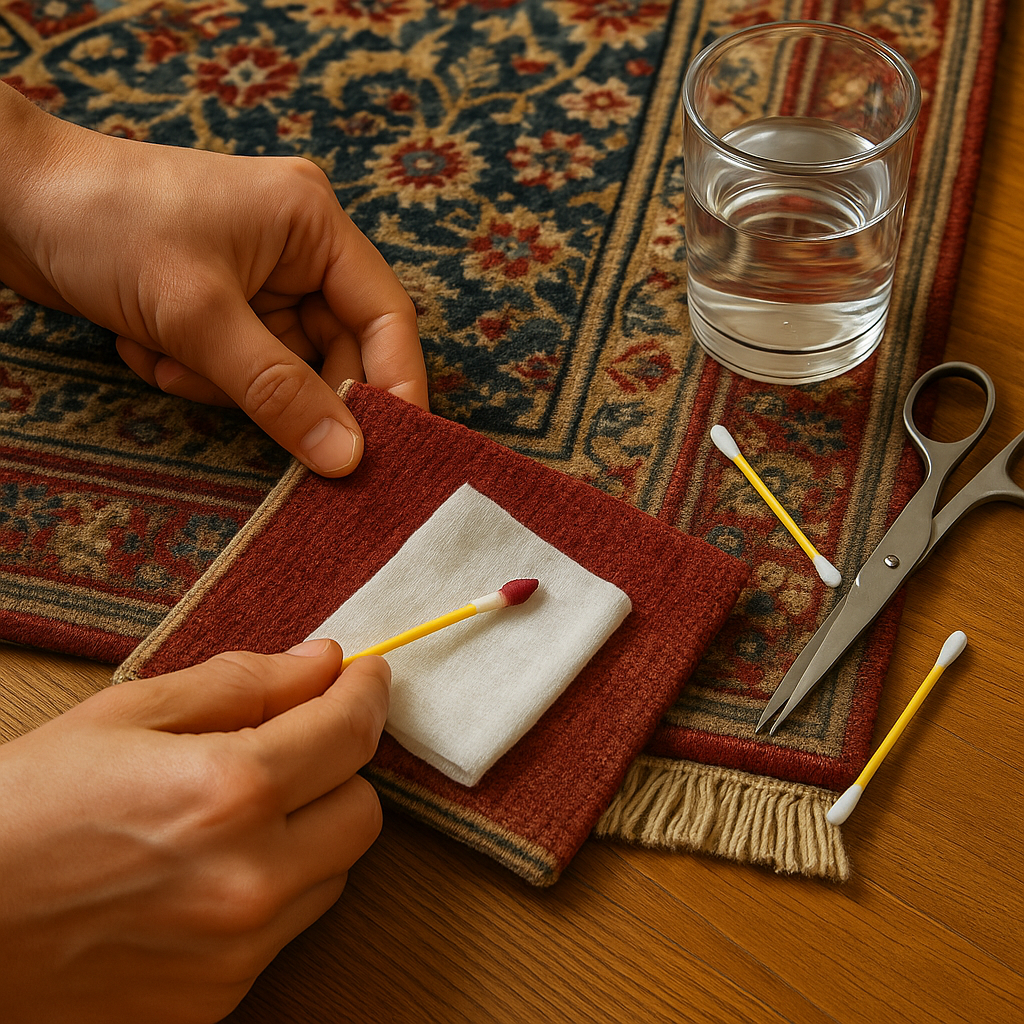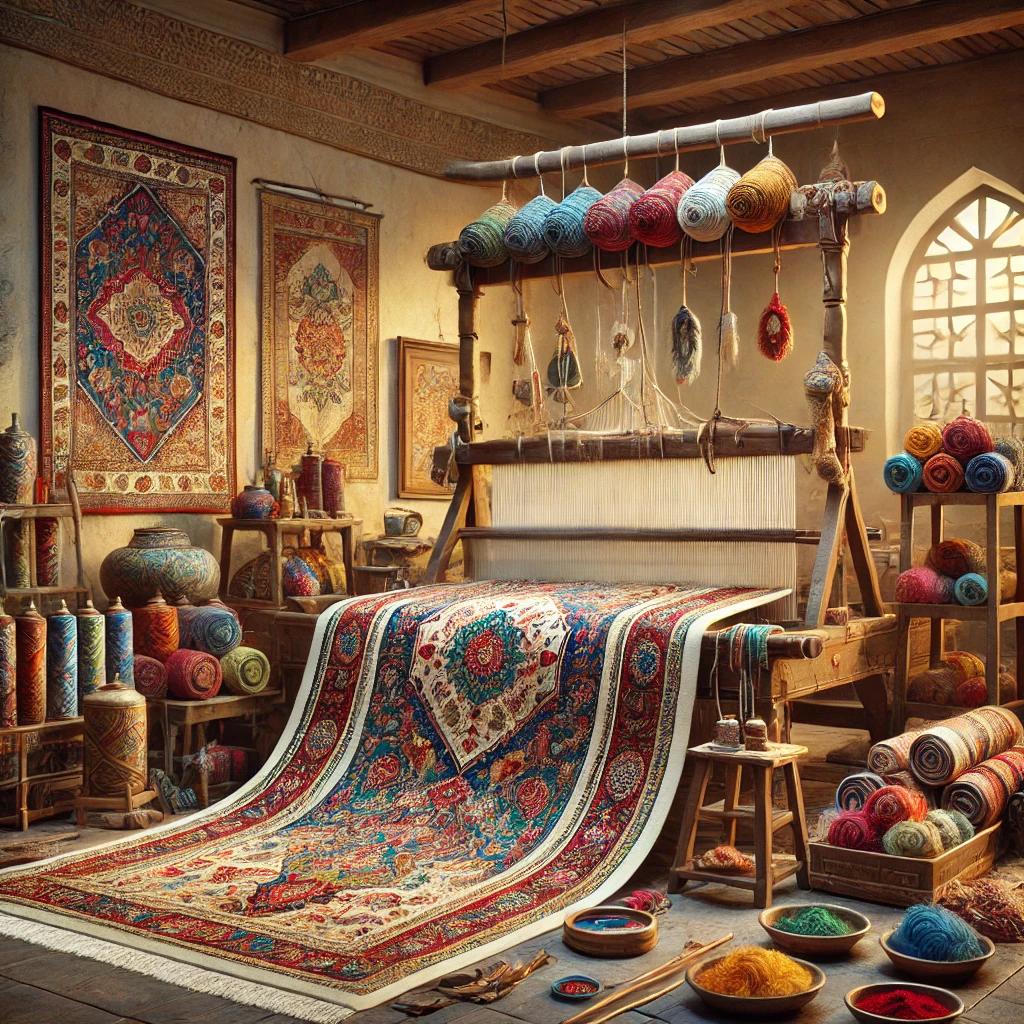When investing in a handwoven or antique rug, understanding the dye fastness is crucial. Dye fastness refers to how resistant the rug’s colors are to fading or bleeding when exposed to moisture, sunlight, or cleaning agents. Poor dye stability can lead to bleeding during cleaning, dull colors over time, or permanent damage to adjacent furniture and flooring.
At Persian Rug Gallery, we regularly educate rug owners on at-home dye testing to preserve the vibrancy and structure of their pieces. If you want to test your rug before cleaning or sun exposure, follow these simple and safe techniques using common tools.
Why Dye Fastness Matters
Rugs—especially hand-knotted Persian or Oriental rugs—often use natural vegetable dyes or synthetic acid dyes. While both can be long-lasting, they may react differently to:
- Water or steam cleaning
- Sunlight exposure
- Spot cleaning agents
- High humidity
Testing for fastness helps you avoid color bleeding, uneven fading, and fiber damage.
Tools You’ll Need
🔹 White cotton cloth or paper towel
🔹 Distilled water
🔹 Cotton swab or dropper
🔹 Mild soap (optional)
🔹 Hairdryer or fan (for post-test drying)
Step-by-Step: How to Test Dye Fastness
- Vacuum the Rug Surface
Remove dust and loose particles so they don’t interfere with your test. - Dampen a White Cloth with Distilled Water
Avoid tap water to prevent minerals from reacting with the dyes. - Blot a Hidden Section
Press the damp cloth onto an inconspicuous area (corner or under furniture) for 10–15 seconds. - Check for Color Transfer
If the cloth picks up color, the dye may bleed with wet cleaning. - Advanced Test: Mild Soap
Mix a drop of gentle soap in water and repeat the blot. This simulates how the dye will react during cleaning. - Let the Spot Dry
Use a fan or hairdryer (on cool) to dry the test area and ensure no long-term discoloration.
Reading the Results
✅ No Color Transfer: Rug dye is stable. Wet cleaning should be safe.
⚠️ Light Tinting: Some caution is advised—limit water use and avoid aggressive scrubbing.
❌ Strong Color Bleed: Use dry cleaning methods or consult a professional to prevent permanent damage.
Pro Tips
- Test all dominant colors—some may react differently.
- Retest annually, especially for rugs exposed to sun or pets.
- If your rug fails the test, opt for encapsulation cleaning or dry compound methods.
When to Call a Professional
If your rug shows signs of dye migration or you’re dealing with silk, antique, or collectible pieces, professional cleaners use controlled methods like pH-balanced water, micro-moisture techniques, and color stabilizers that protect delicate fibers and maintain integrity.
Final Thoughts
Understanding and testing dye fastness at home empowers rug owners to clean and preserve their rugs with confidence. With just a few simple tools, you can prevent accidents, extend the life of your rug, and maintain the vibrancy of its design.
Meta Description:
Learn how to test rug dye fastness at home with simple tools and techniques. Avoid color bleeding and preserve your rug’s beauty and value.
Explore More
- External Link: Textile Tuesday: Dye Analysis of a Saltillo Serape
- Internal Link: The Ultimate Guide to Caring for Luxury Rugs
📍 Persian Rug Gallery
51 Springboro Pike, Miamisburg, OH 45342
📧 buyprg@yahoo.com
📞 (937) 436-3655
🌐 Visit Our Website



